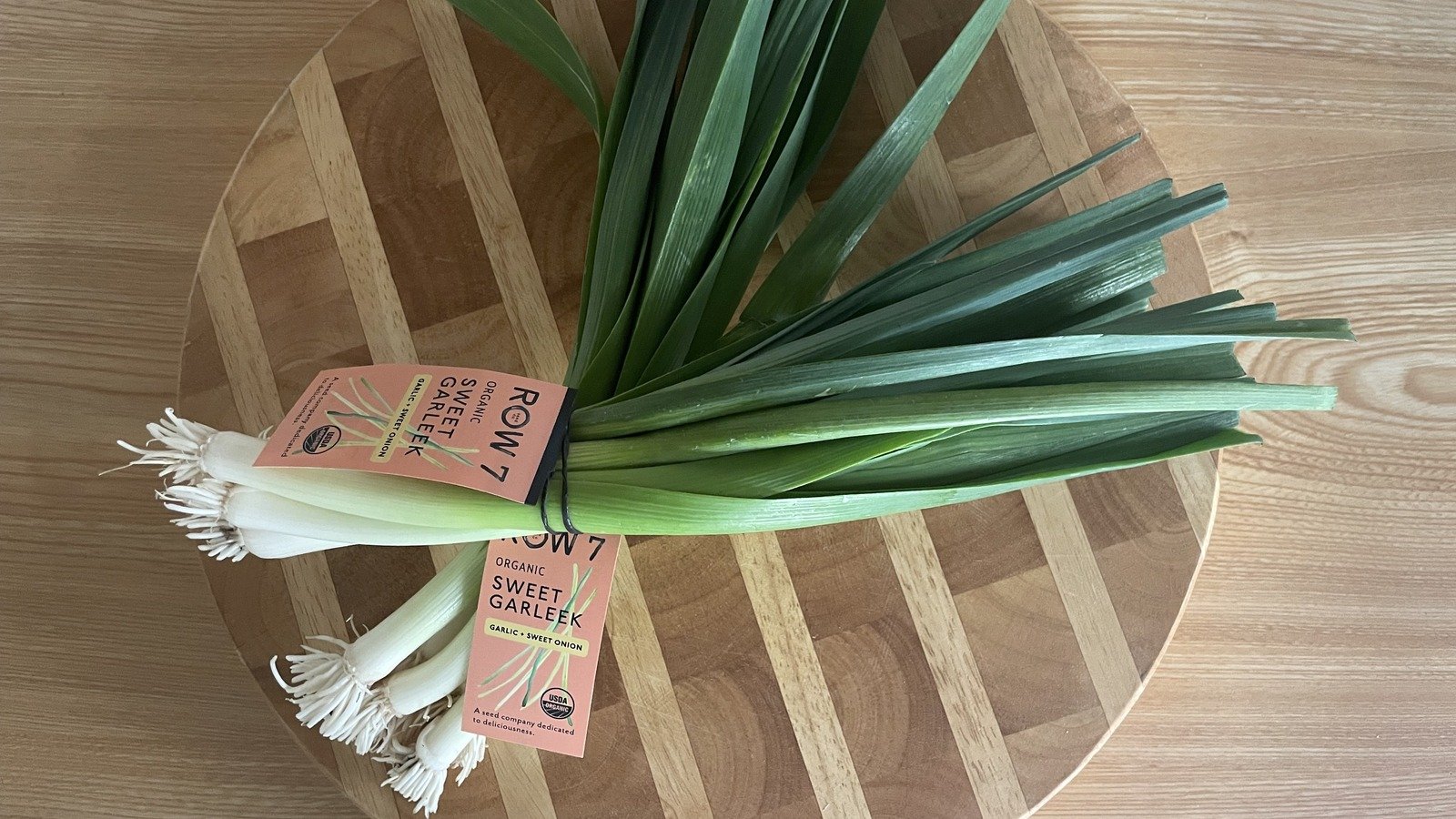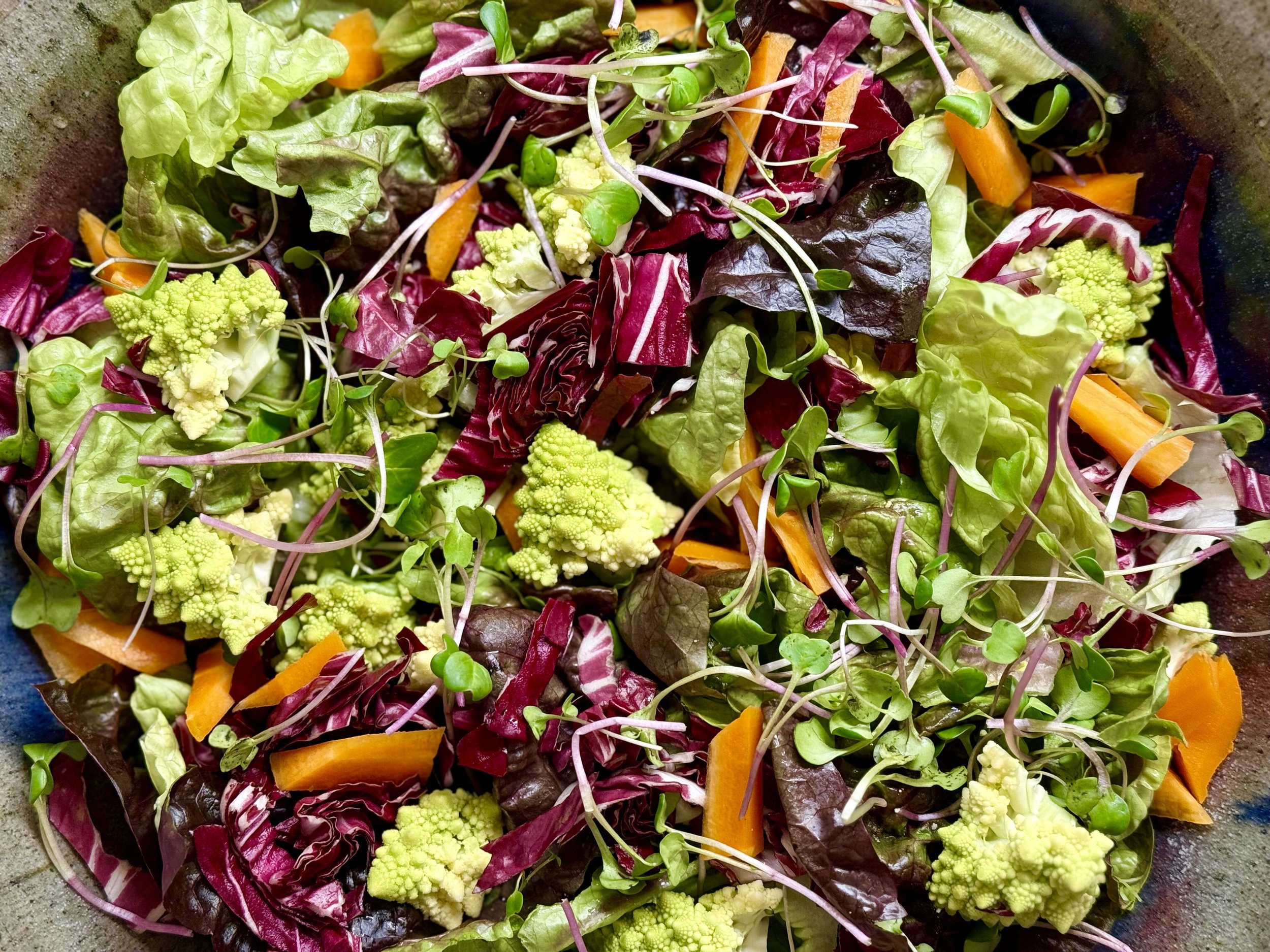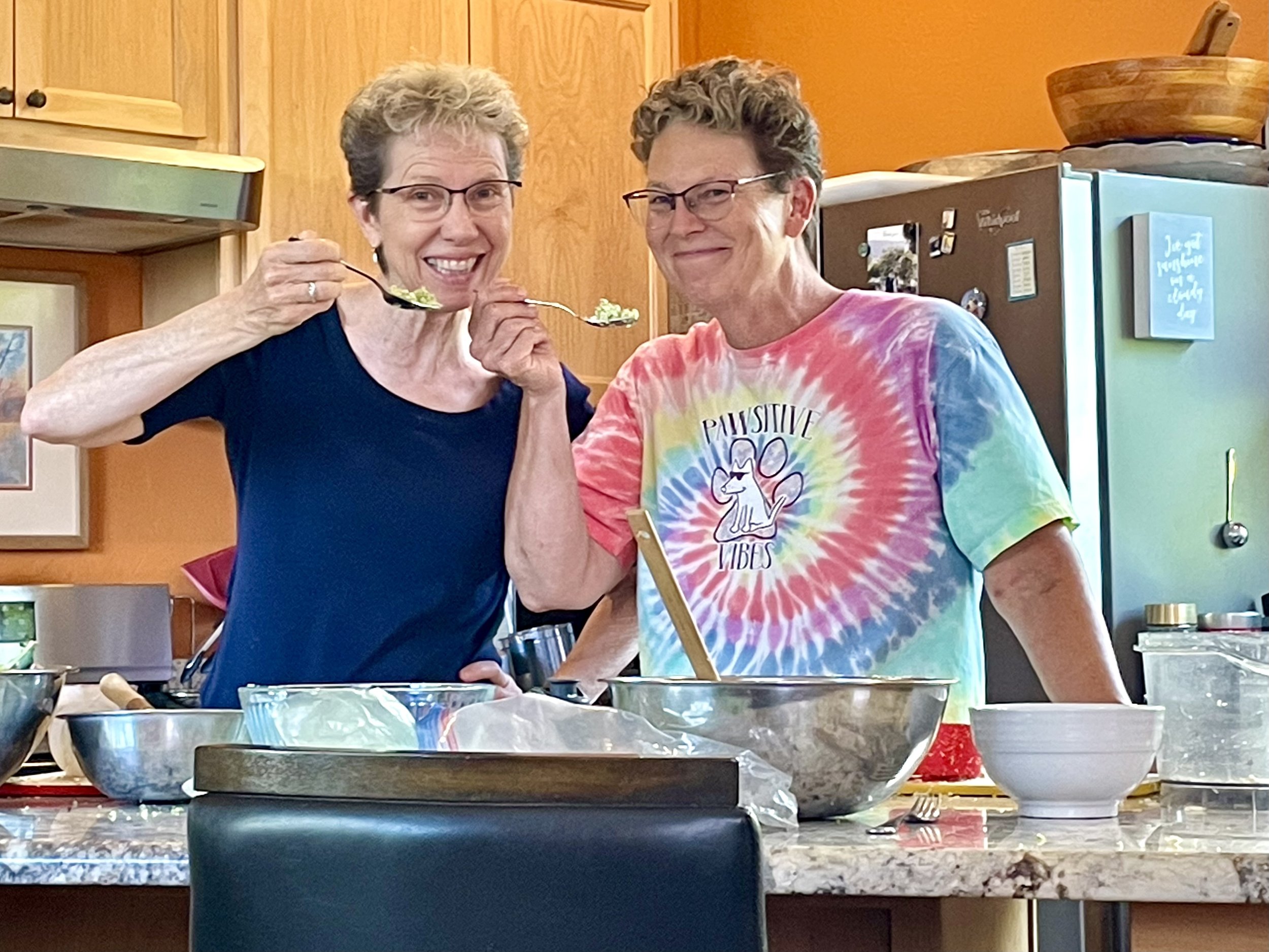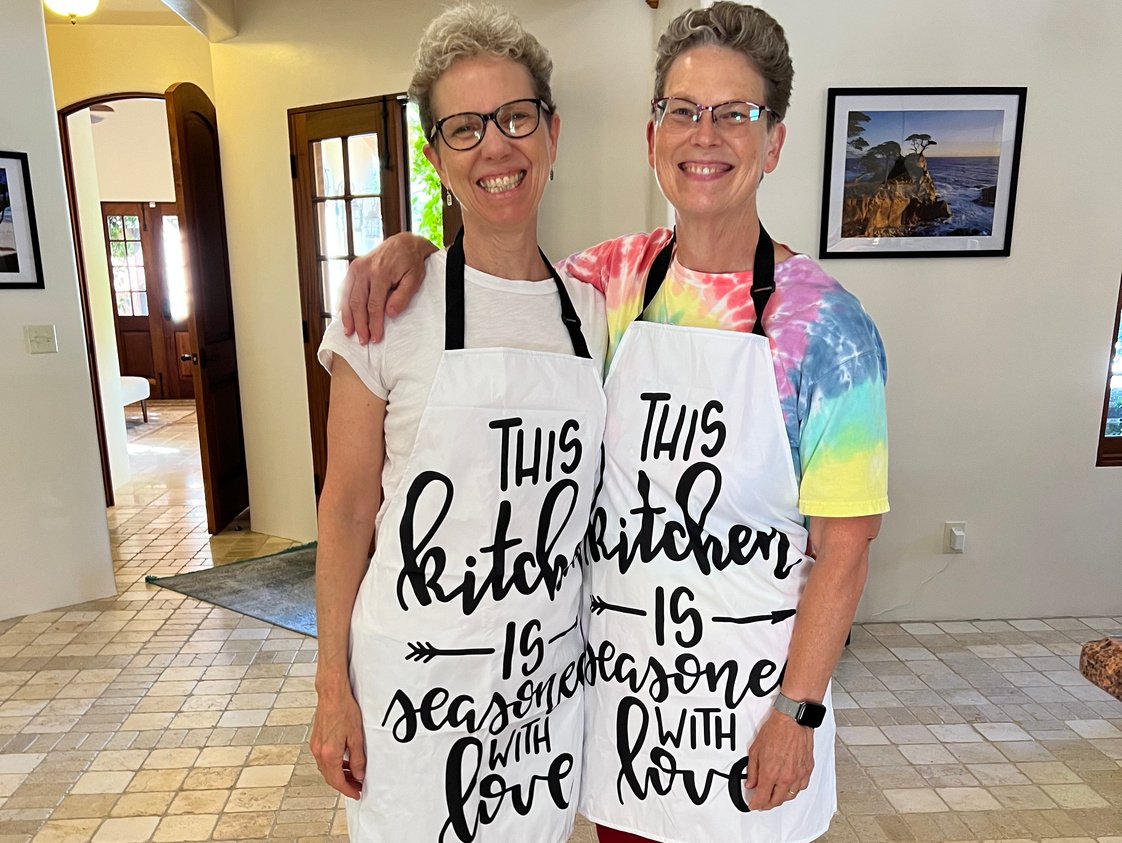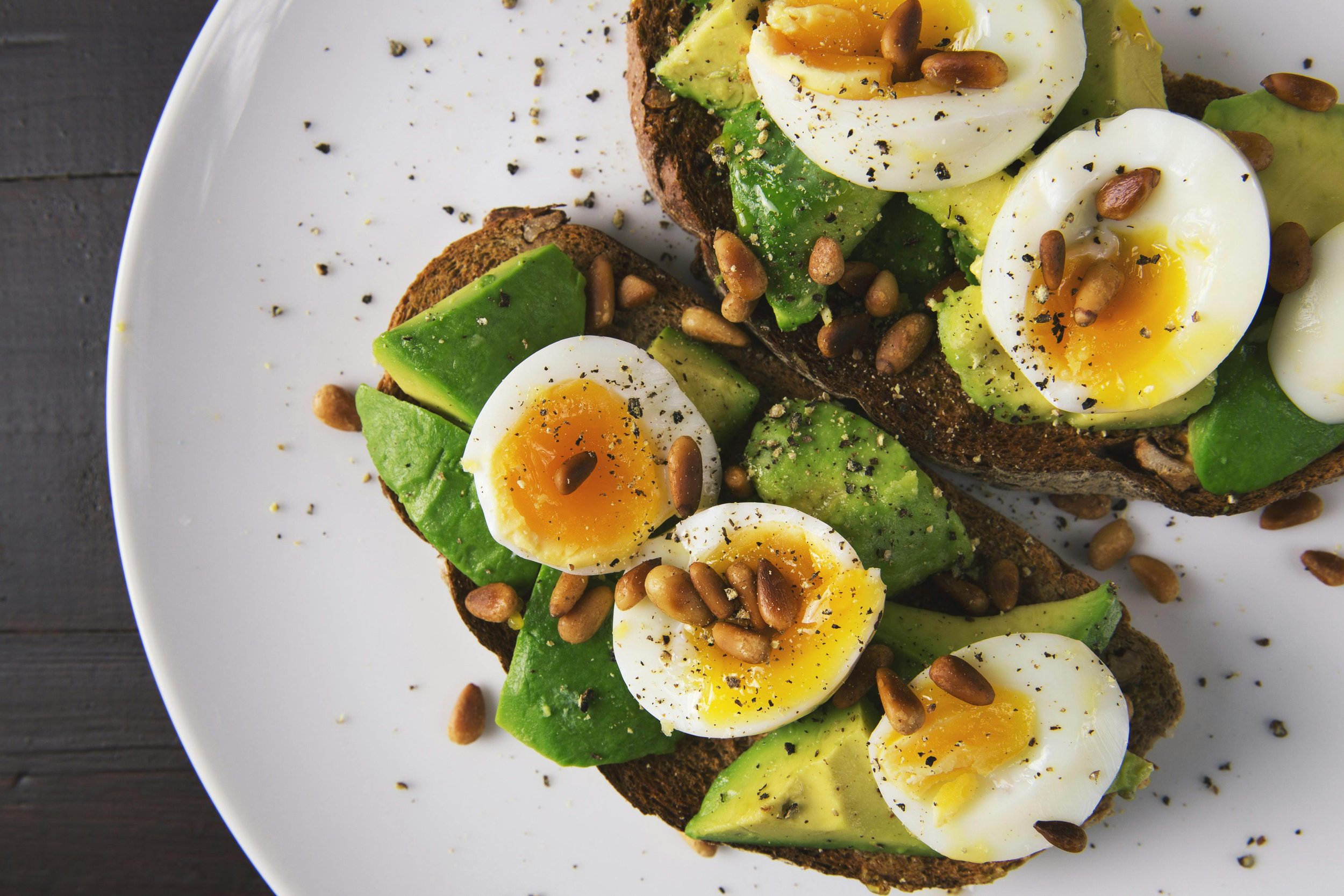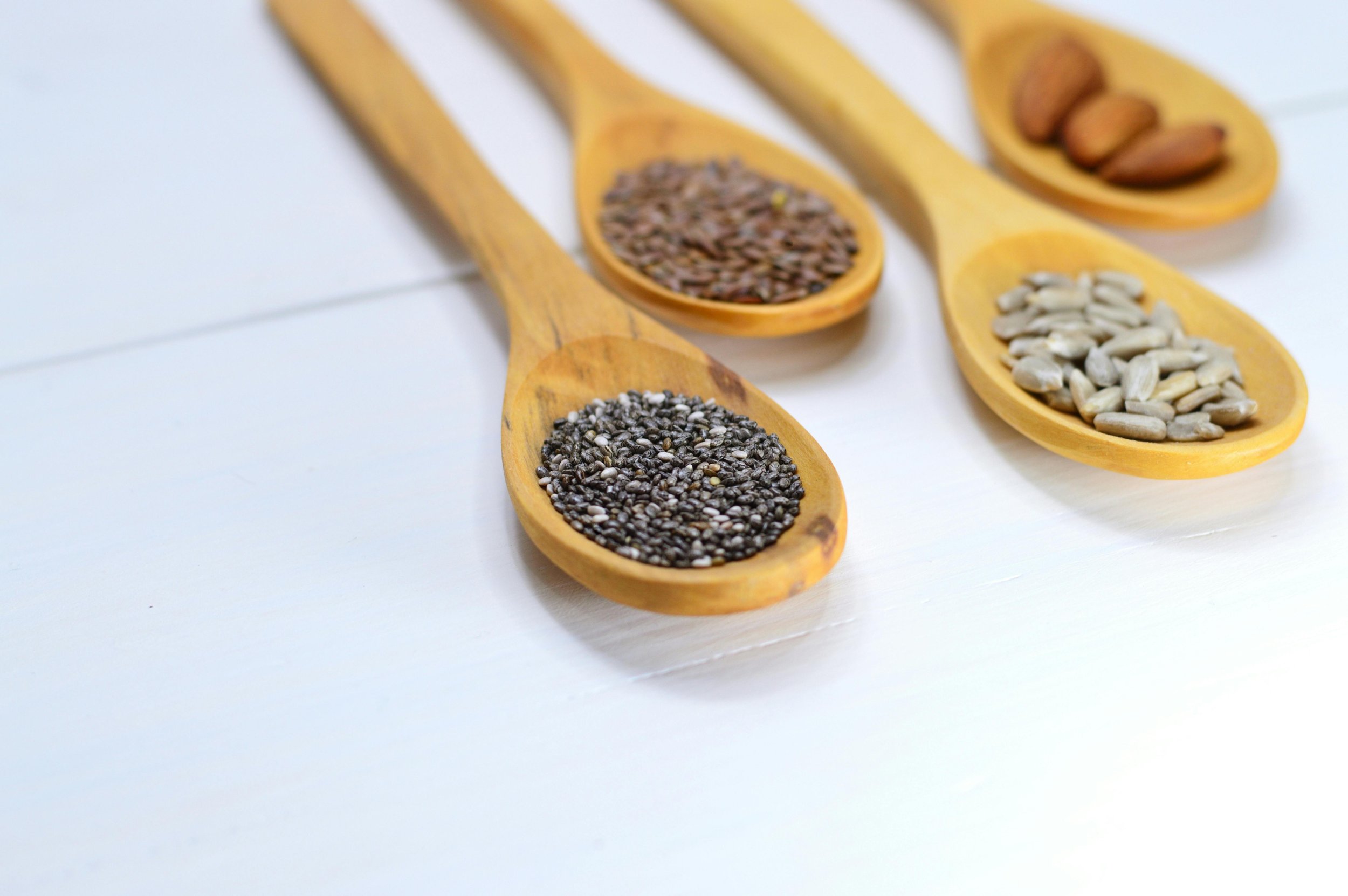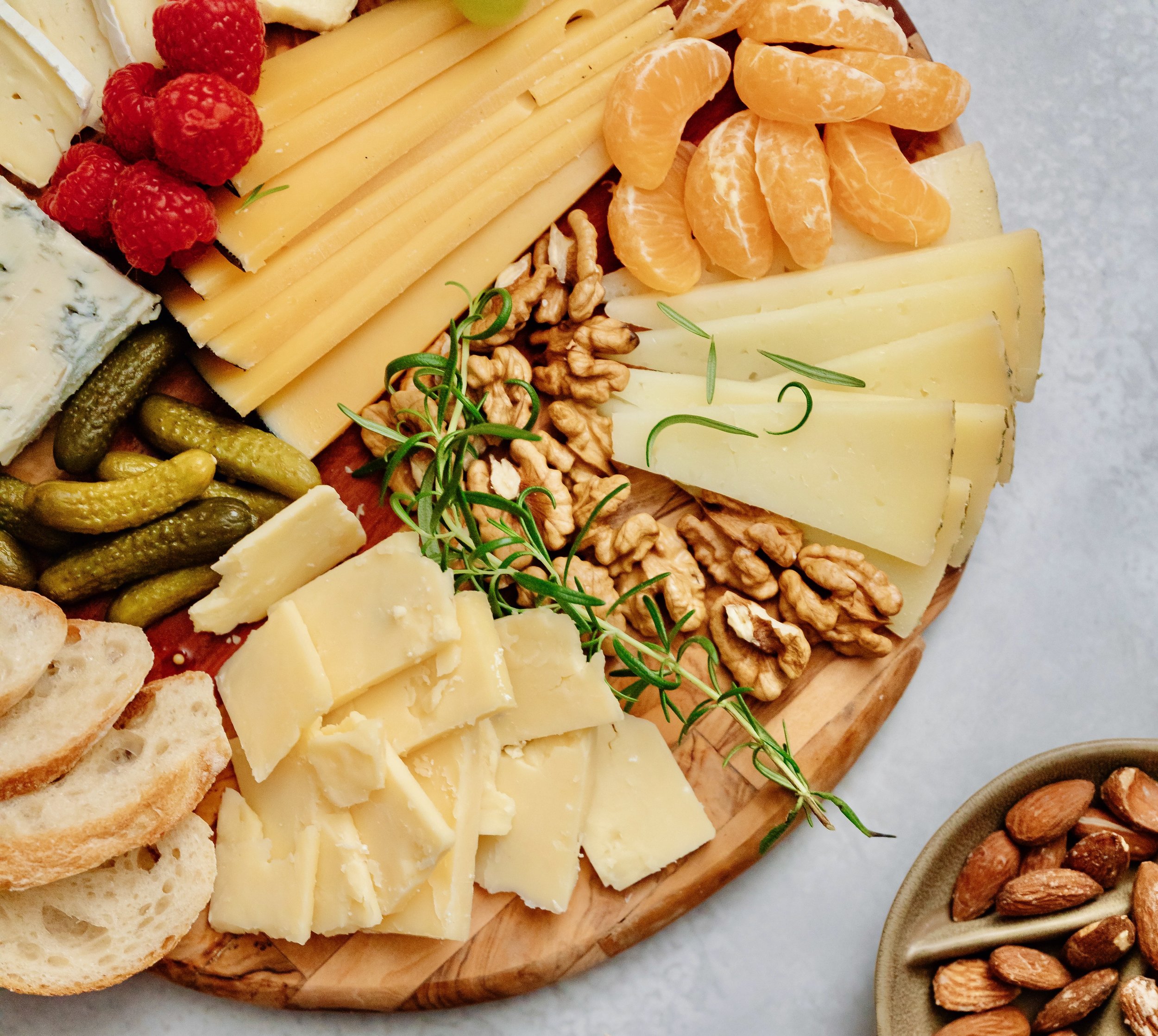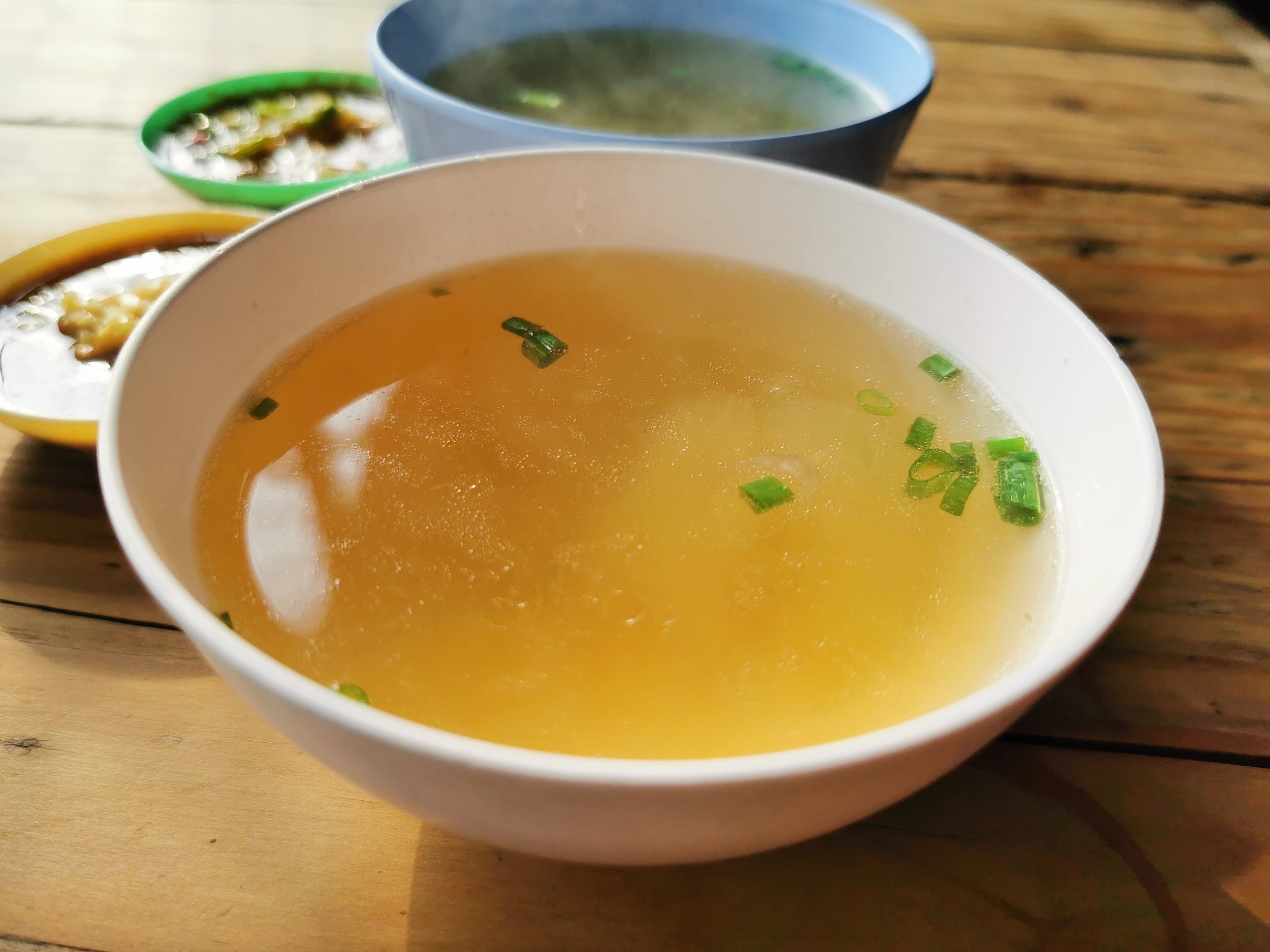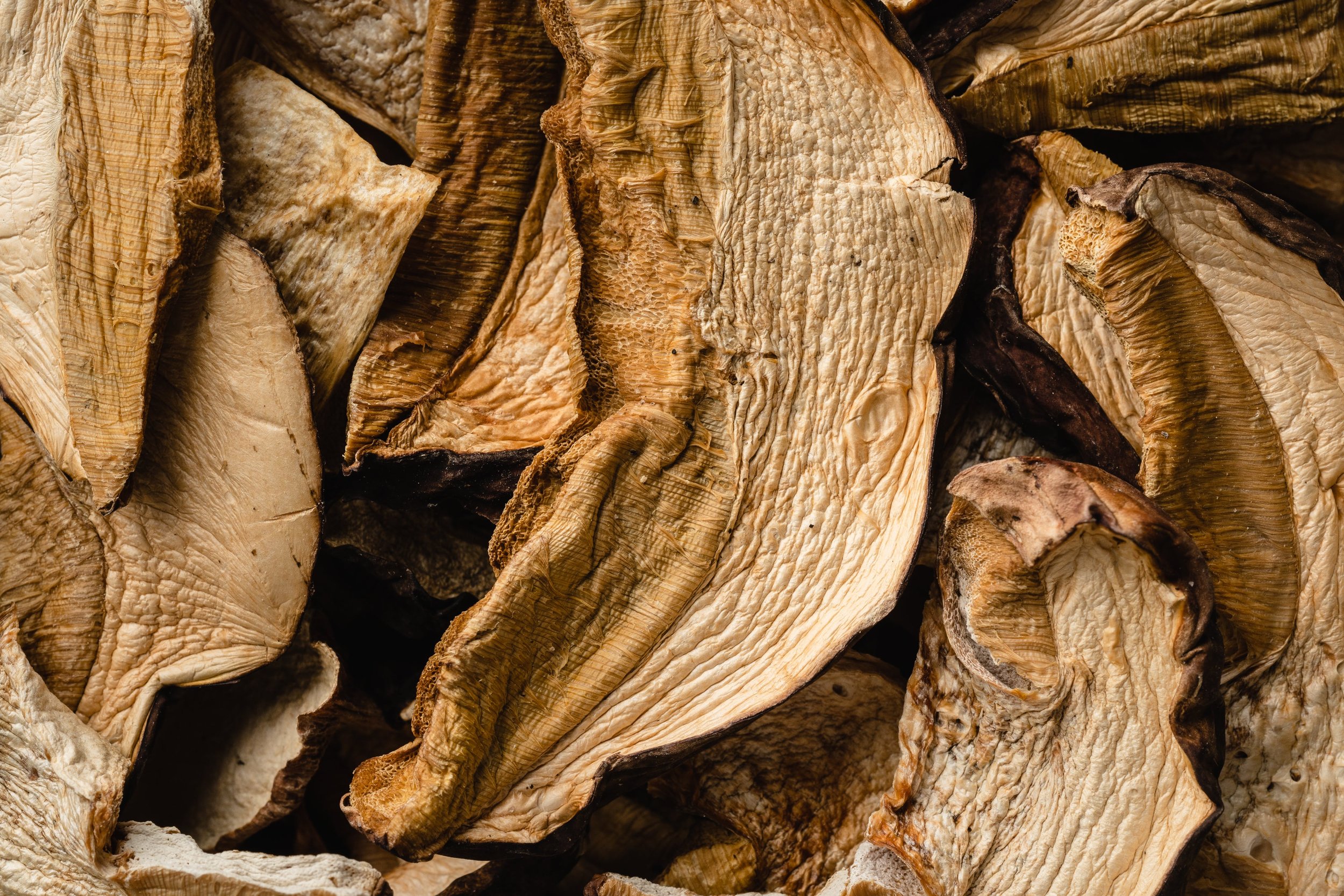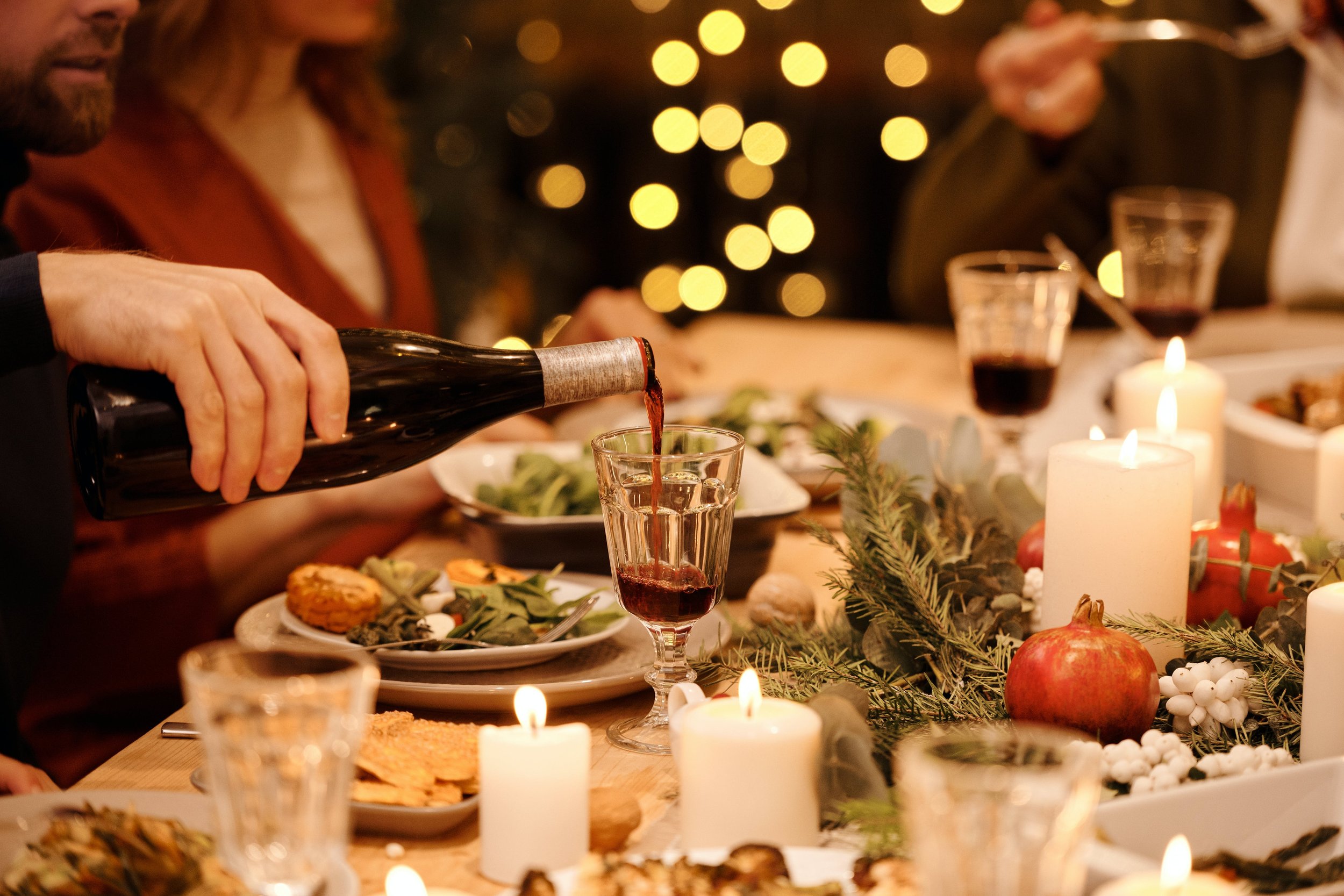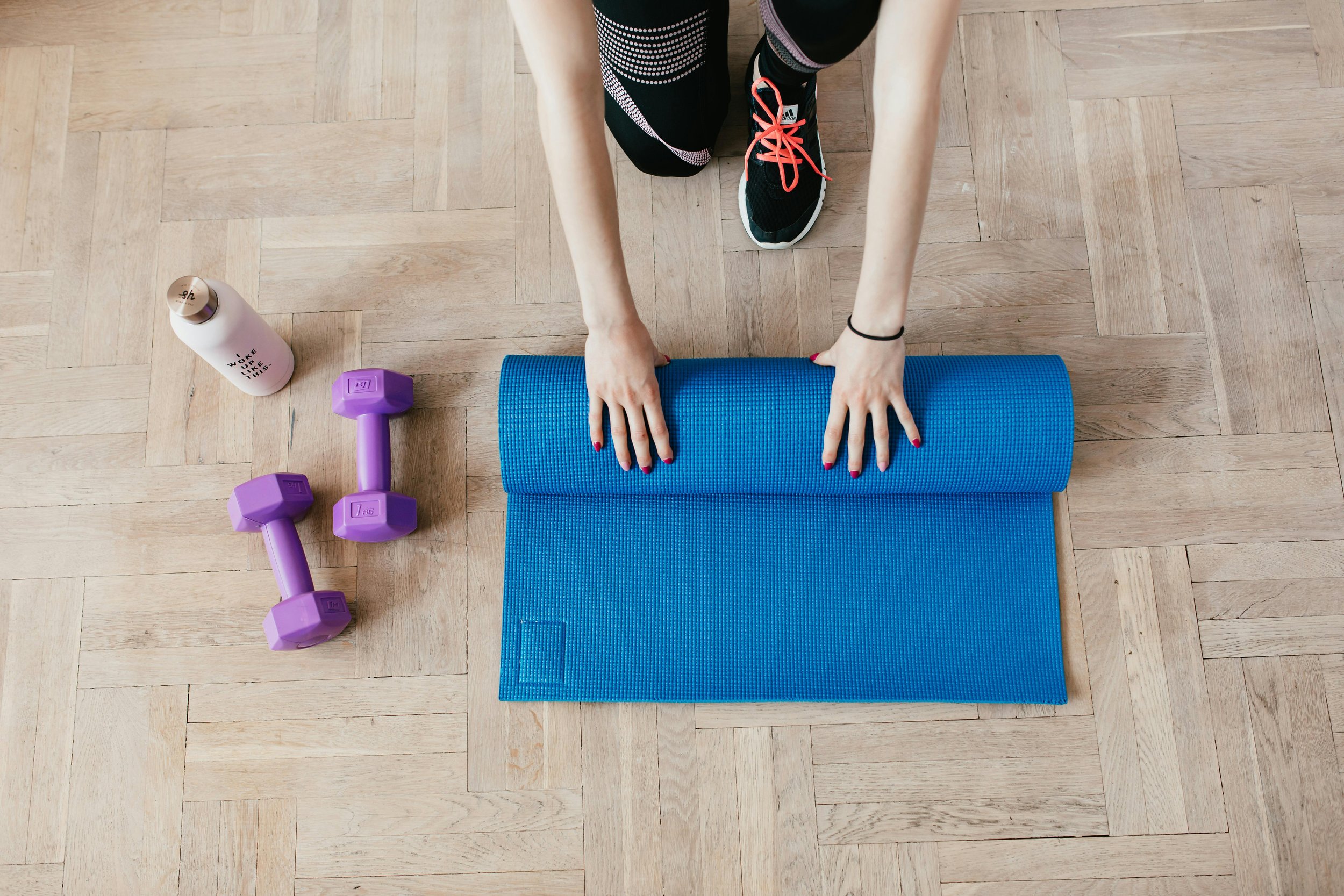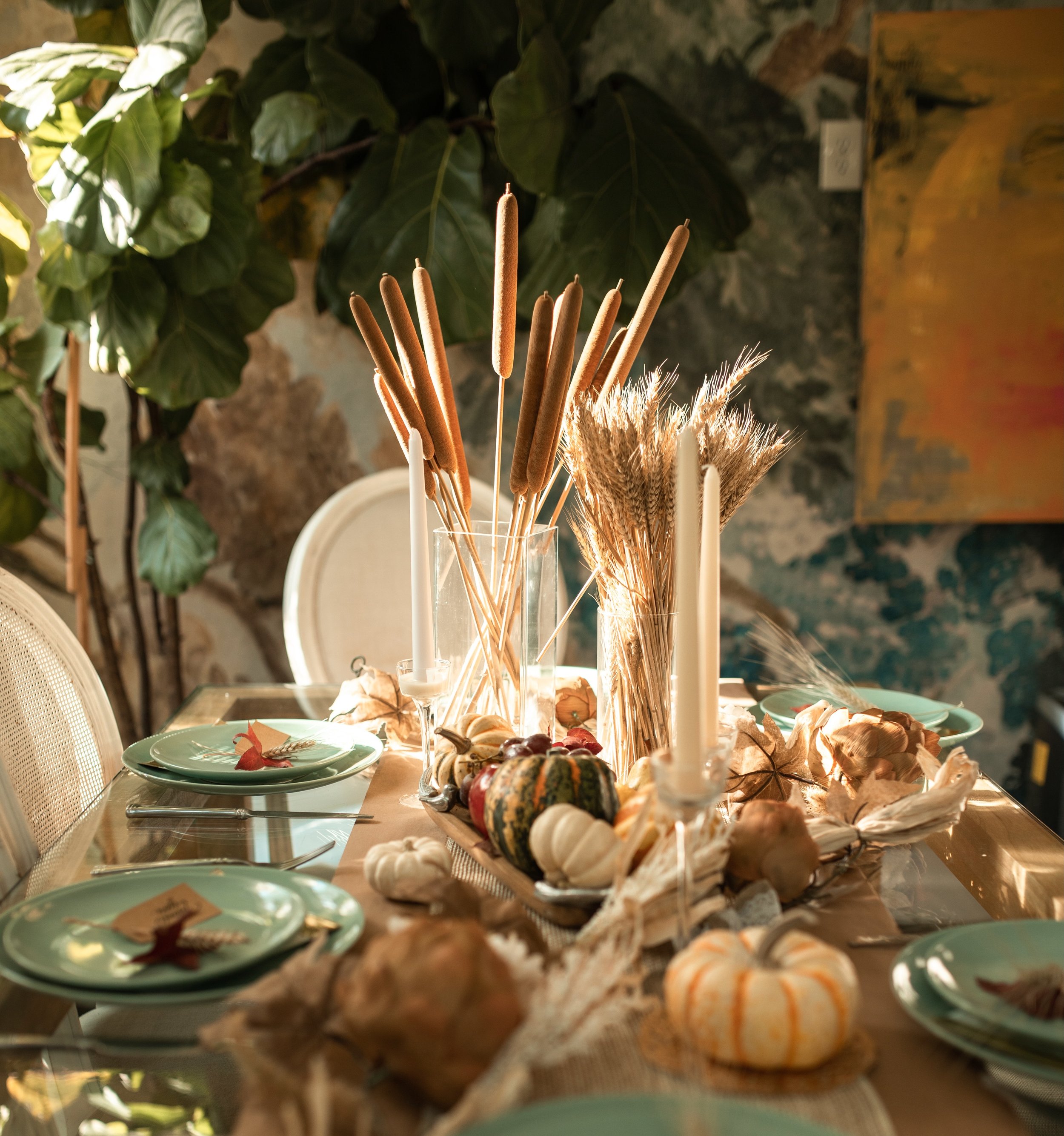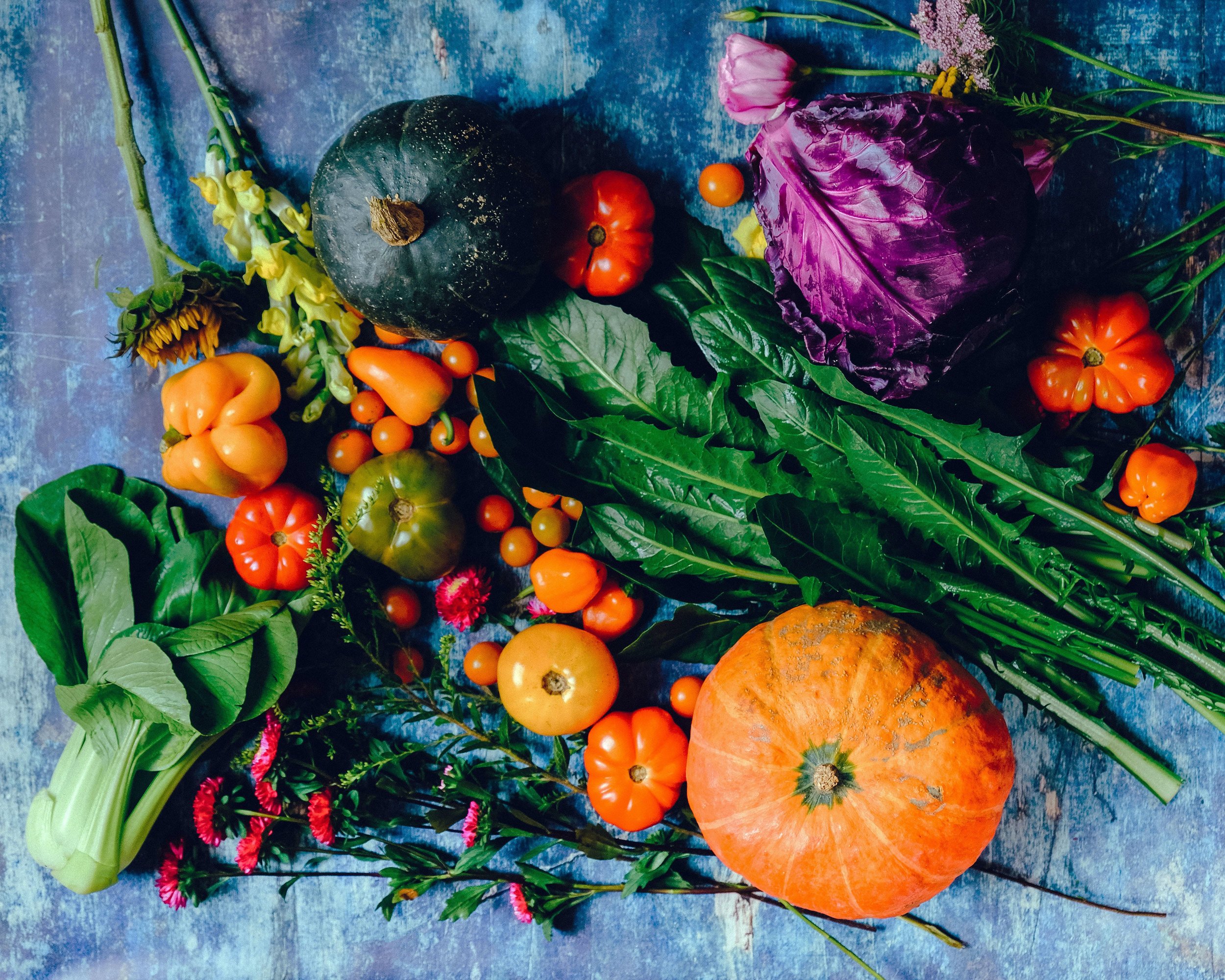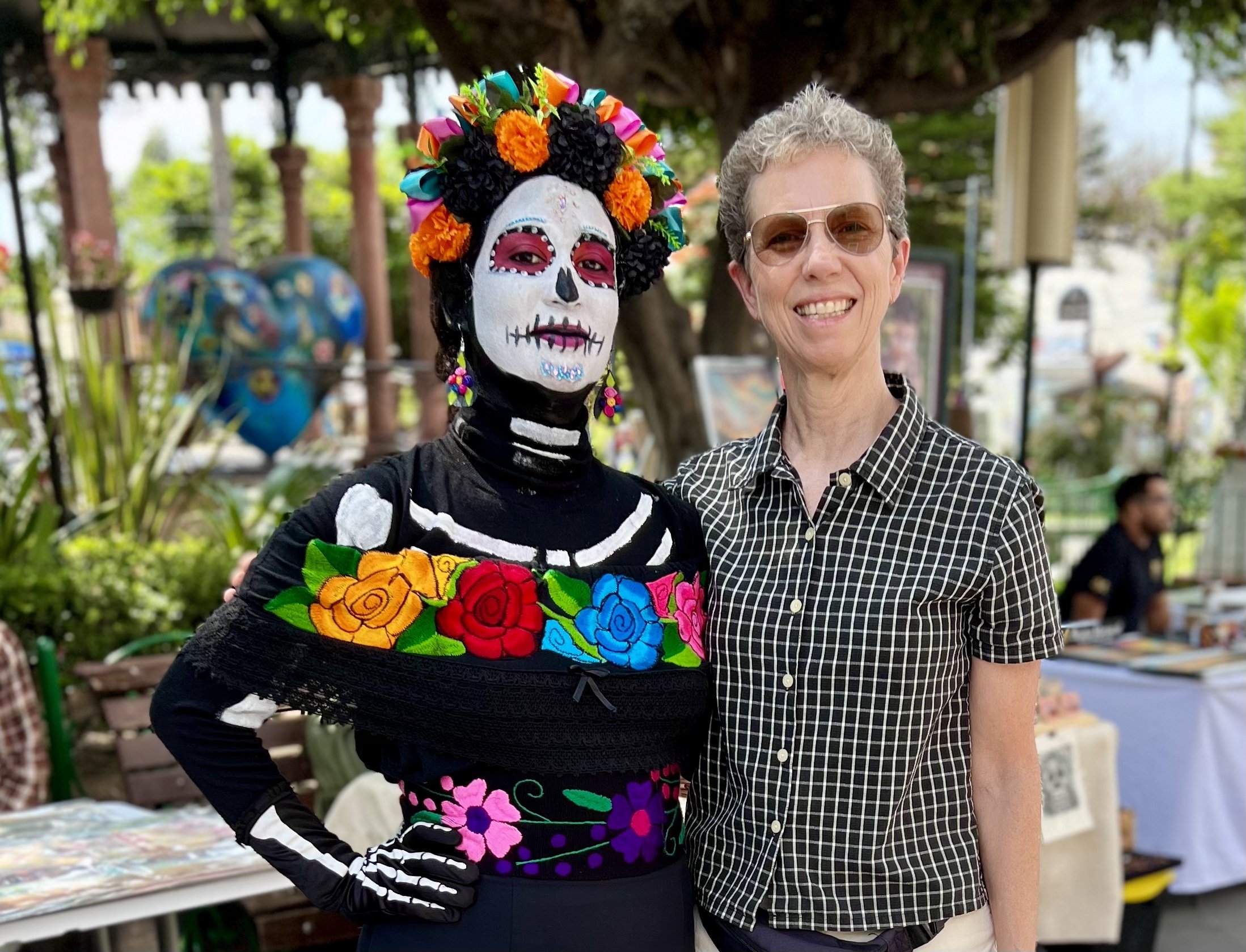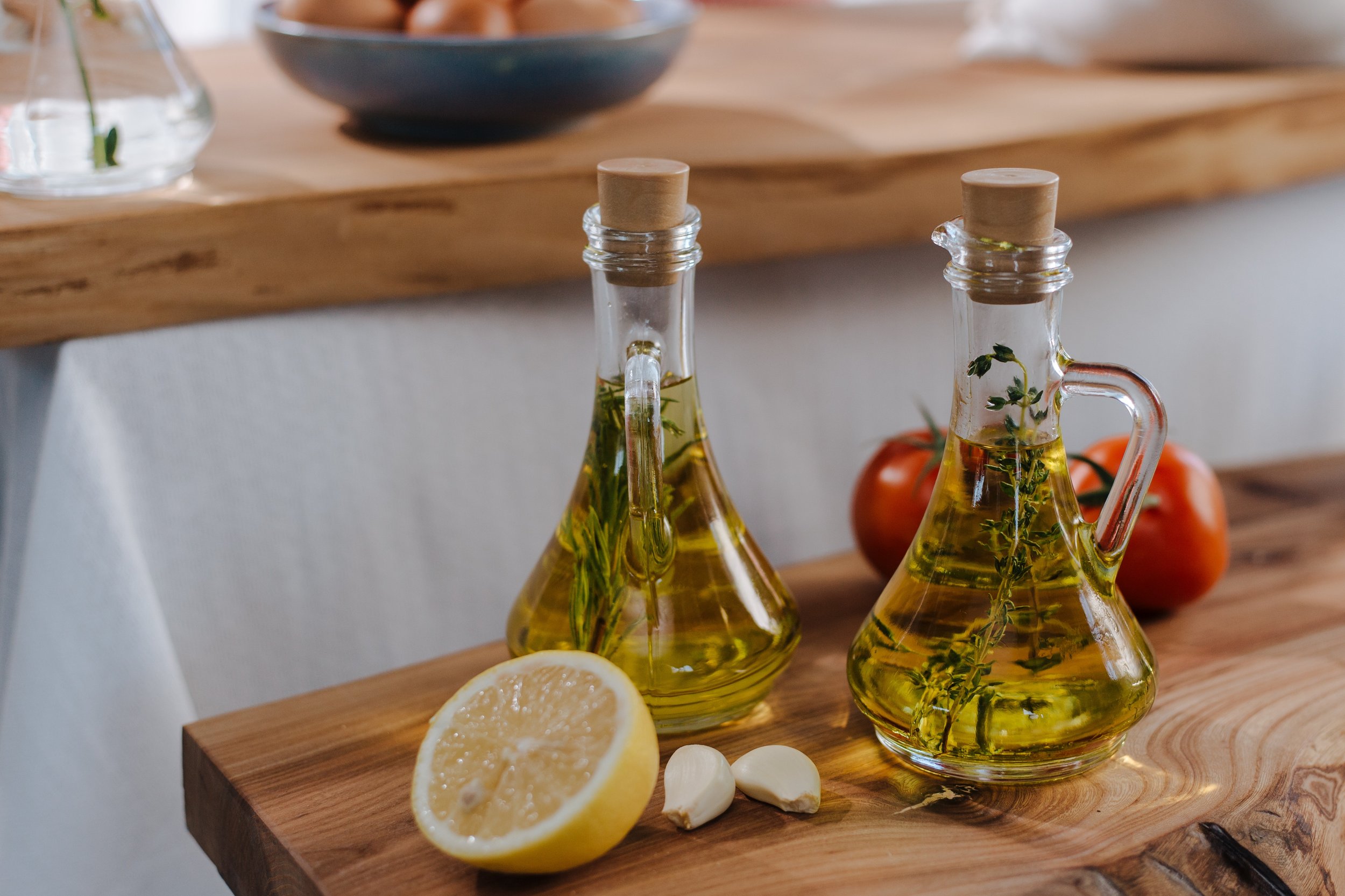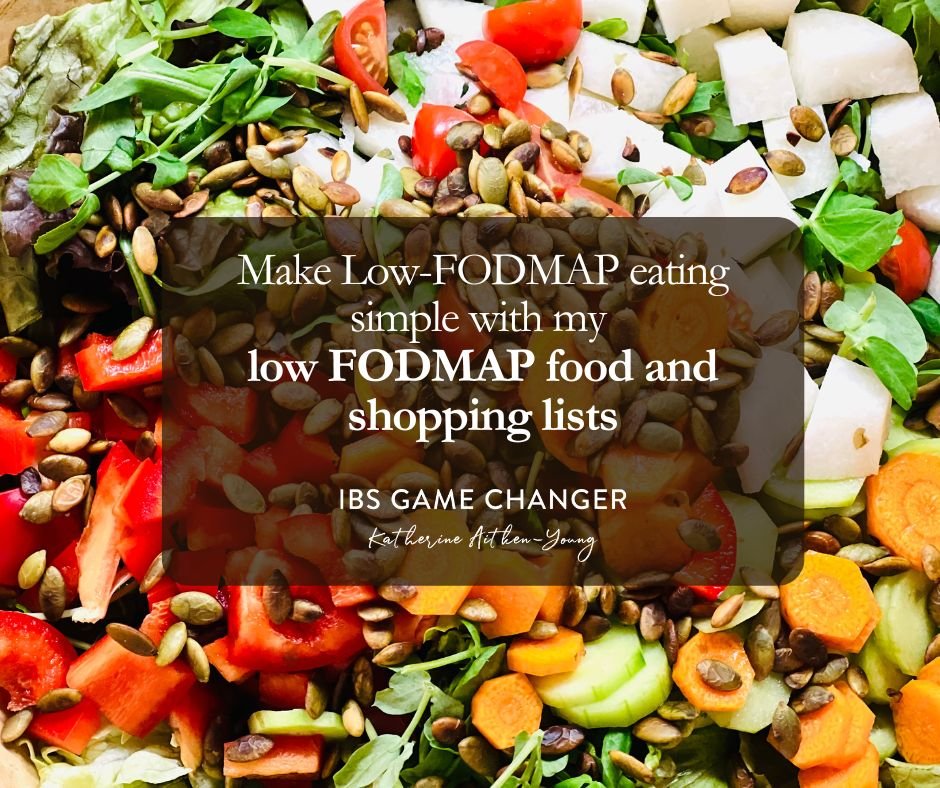DIY Natural Egg Dyeing: Colorful Creations from Your Kitchen
30 Minutes prep • 30 Minutes cook • 30 Minutes soak • 30 minutes dry
Ah, the classic cardboard box egg-dyeing kits - a staple of childhood Easter memories. Who doesn't recall carefully dropping tablets into vinegar-filled cups, eagerly anticipating the vibrant hues that would transform humble eggs into festive treasures? Yet, there's another enchanting way to imbue your eggs with color, one that taps into the natural beauty and creativity of your kitchen: DIY egg dyeing using vegetables.
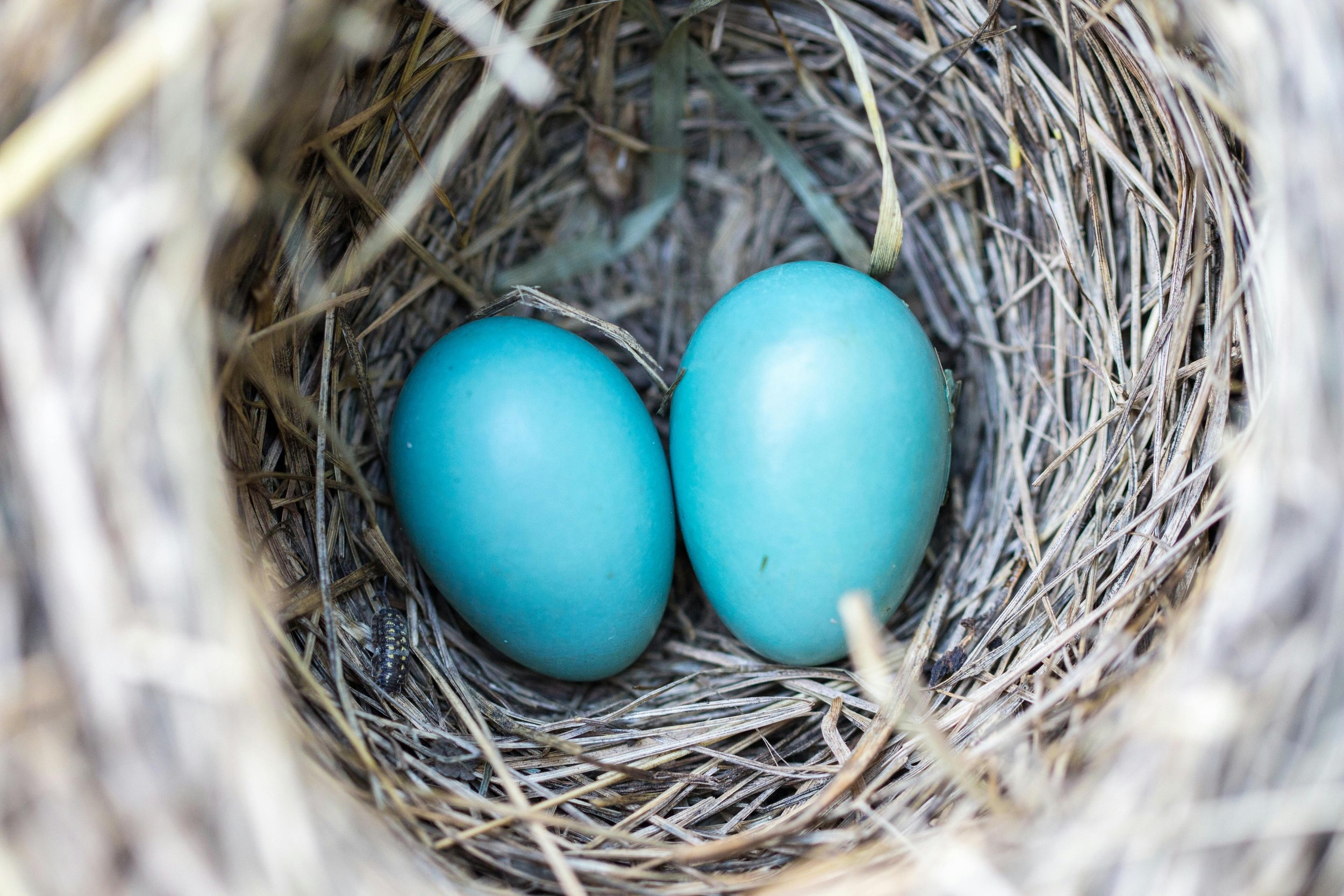
Embracing Nature's Palette
Nature offers an astonishing array of colors, and vegetables are no exception. From rich blue of purple cabbage to the sunny yellows of turmeric root, each vegetable brings its own unique pigment to the table. By harnessing these natural dyes, you not only create stunning Easter eggs but also embark on a sensory journey through hues inspired by the earth itself.
What You'll Need:
White eggs (boiled and cooled)
Various colorful vegetables (spinach, beets, red cabbage, turmeric root, etc.)
White vinegar
Water
Saucepans
Strainer or cheesecloth
Rubber gloves (to avoid staining your hands)
Step-by-Step Guide:
Prepare Your Dyes: Chop or grate your chosen vegetables and place them in separate saucepans. Cover with water (about 2 cups per vegetable) and add a tablespoon of vinegar. Bring to a boil, then simmer for about 15-30 minutes until the color is rich and concentrated. Strain the liquid into bowls and let it cool.
Dyeing Process: Once your dyes are ready and cooled, submerge your boiled eggs in each bowl of dye. For lighter shades, leave them for a few minutes; for deeper colors, let them soak longer. Rotate the eggs occasionally to ensure even coloring.
If you're aiming for deep, vibrant colors, you might want to leave the eggs in the dye overnight in the fridge. Otherwise, you’ll have beautifully colored eggs in about 2 hours.
Drying and Display: Remove the eggs with a spoon or tongs and place them on a drying rack or paper towels. Allow them to air dry completely. Once dry, marvel at the beautiful, naturally dyed eggs that reflect the hues of the vegetables they were dyed with.
Why Choose Natural Dyes?
Using natural dyes for egg decorating isn't just about aesthetics; it's about embracing sustainability and creativity. Unlike synthetic dyes, natural dyes are eco-friendly and biodegradable, making them a planet-friendly choice. Plus, each egg becomes a unique work of art, with colors that may vary slightly, adding to their charm.
A Celebration of Tradition and Creativity
While cardboard box kits evoke nostalgia, DIY natural egg dyeing adds a contemporary twist rooted in tradition and sustainability. It's a wonderful way to connect with nature, experiment with colors, and create meaningful memories with loved ones. So, this Easter, gather your vegetables, unleash your creativity, and enjoy the beauty of nature's palette on your eggs.
Let this DIY adventure inspire you to explore other natural dye sources and techniques and perhaps start a new tradition of your own. After all, the joy of crafting something beautiful with your own hands is timeless and oh-so-satisfying.
Happy egg-dyeing!
Have a question you’d like to have answered? Email me at hello@ibsgamechanger.com
More Deliciously Low FODMAP™ tips and tools
Garleek is a vegetable that's a cross between garlic and leeks, and the low-FODMAP greens add a wonderful flavor to your savory dishes
In this blog post I’m sharing 8 strategies to overcome the feelings of discouragement and fear that may be standing in the way of your success.
If you want to try a food that has not yet been tested and added to one of the low-FODMAP apps , one of the most important tools in your low-FODMAP arsenal is self-testing.
In this blog post, I explore some of the ways deep tissue massage can support IBS symptom management, giving you one more tool in your toolbox to find a holistic path to comfort and well-being.
One of the biggest challenges when struggling with gut issues is getting answers to your many questions about cause and treatment. With this in mind, we in the content creator space, work hard to bring you specific and actionable information to help answer your questions.
Since launching IBS Game Changer, I’ve been on a mission to support individuals living with Irritable Bowel Syndrome (IBS) by providing expert coaching, delicious recipes, and essential tips for symptom management.
In this post, I’m sharing many of the essential pantry staples I use in my recipes all the time.
One of the biggest challenges when struggling with gut issues is getting answers to your many questions about cause and treatment. With this in mind, we in the content creator space, work hard to bring you specific and actionable information to help answer your questions.
Monash University recently re-tested avocados for FODMAP content and they made an interesting discovery
In this blog post, I’m addressing the intricate relationship between anxiety and Irritable Bowel Syndrome, exploring how they impact each other, and giving you some specific things you can do to get them both under control.
Not all cheeses are created equal in terms of their compatibility with the low FODMAP diet. This article will help you make informed choices that align with both your preferences and your gut health.
The warmth and soothing nature of bone broth can provide relief from digestive discomfort. Sipping on a warm cup of bone broth may help ease symptoms such as bloating and cramping.
After the holidays or any time you want to improve your relationship with food, use these techniques to master mindful eating and regain control of your health.
From Mindful Munching to making Social Connections — here are some tips for a happy holiday!
Research underscores the point that moderate-intensity exercise often outperforms vigorous exercise in relieving IBS symptoms. But individualization is key.
Taking a moment each day to acknowledge and appreciate the positive aspects of our lives can have a profound impact on our well-being.
How can you ensure your gut biome is in the best shape possible? I’ve put together the top 10 strategies to promote a healthy and diverse gut biome. Read on…
Constipation: What is it? What are some common myths about it? What can you do about it?
A step-by-step guide to assist you in getting through the grocery store and coming out with all the low-FODMAP foods and ingredients you need.

